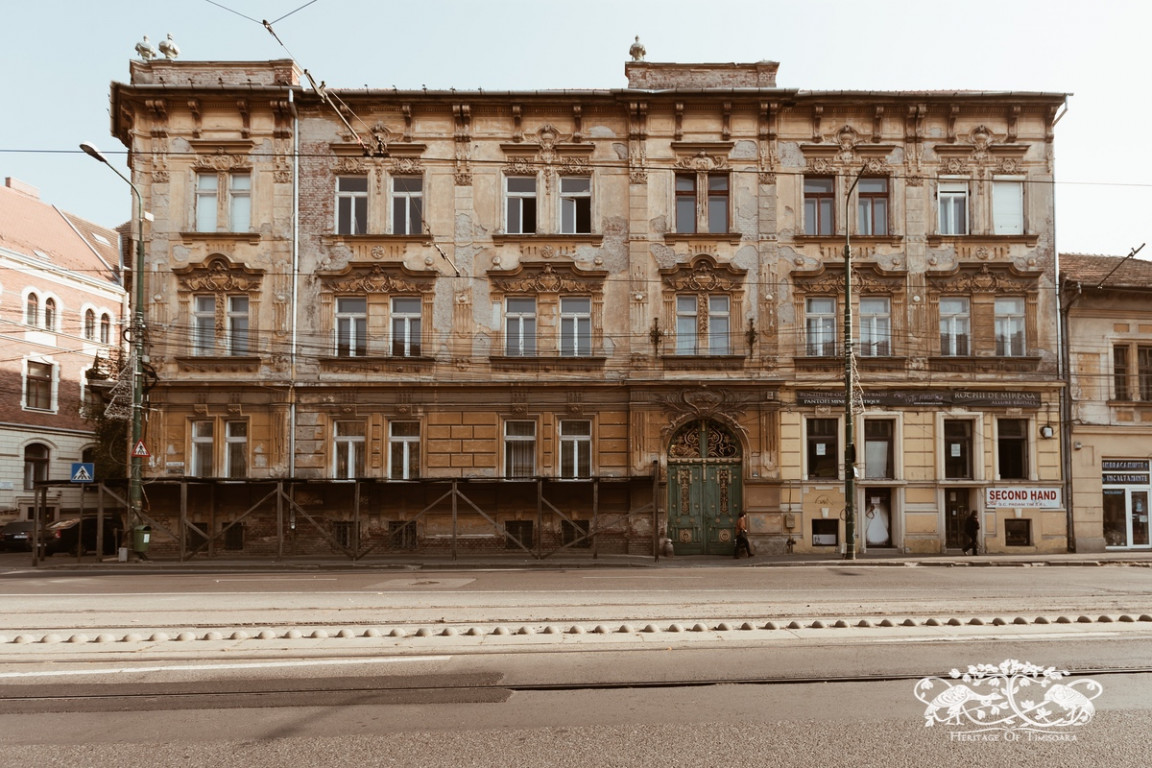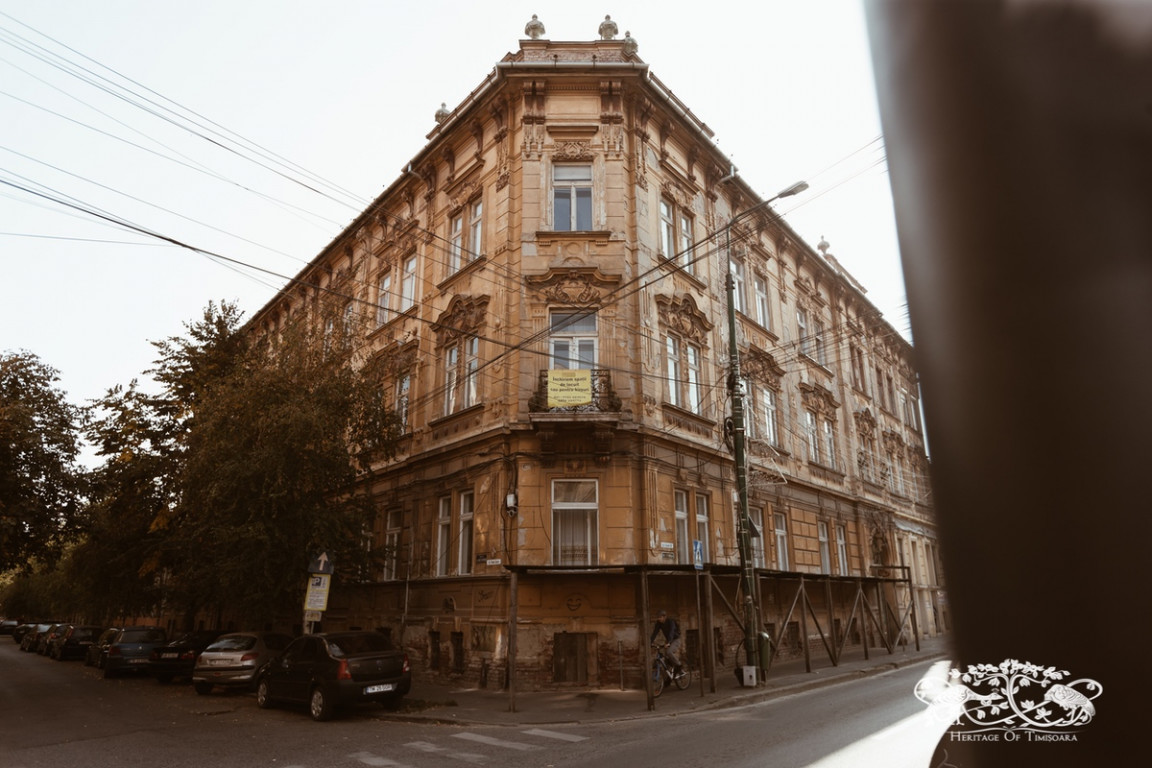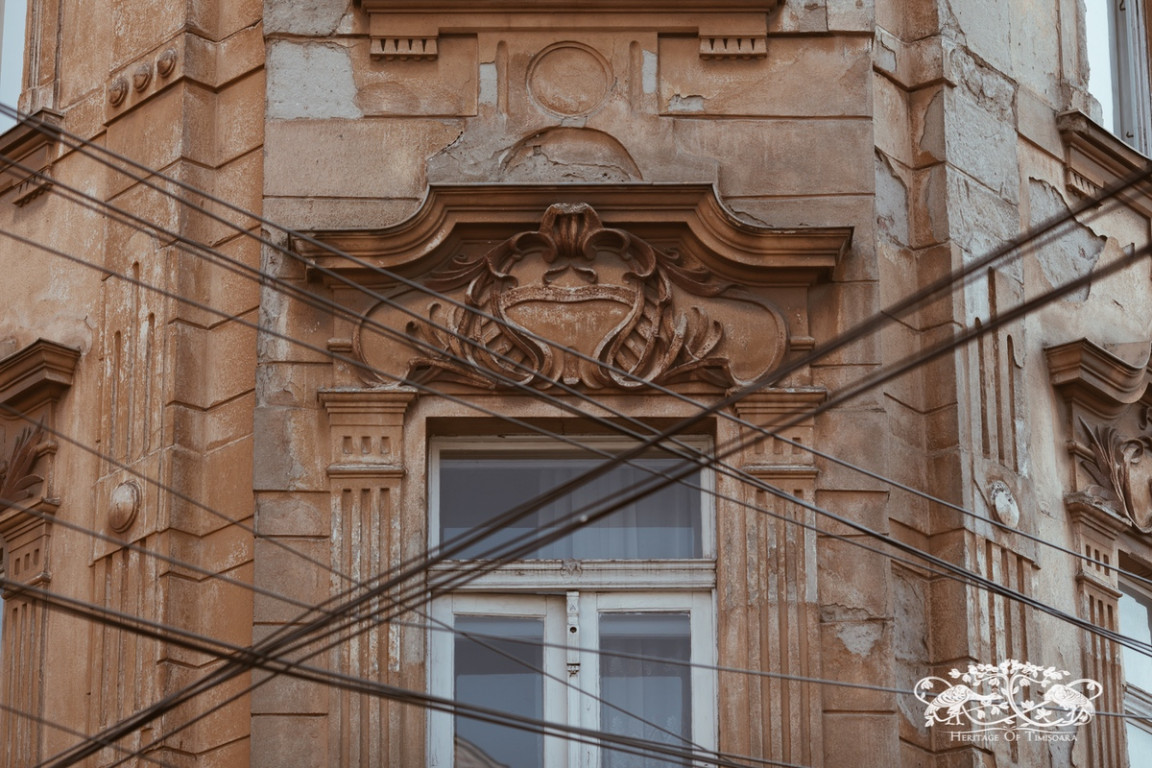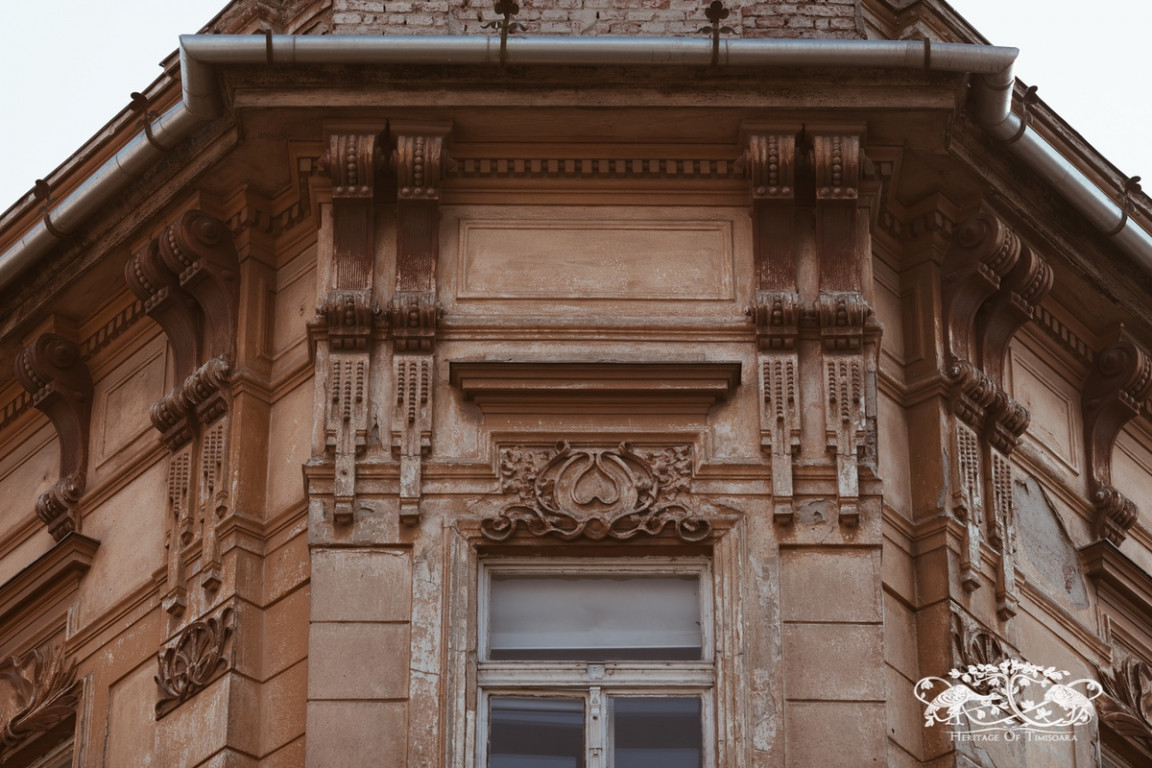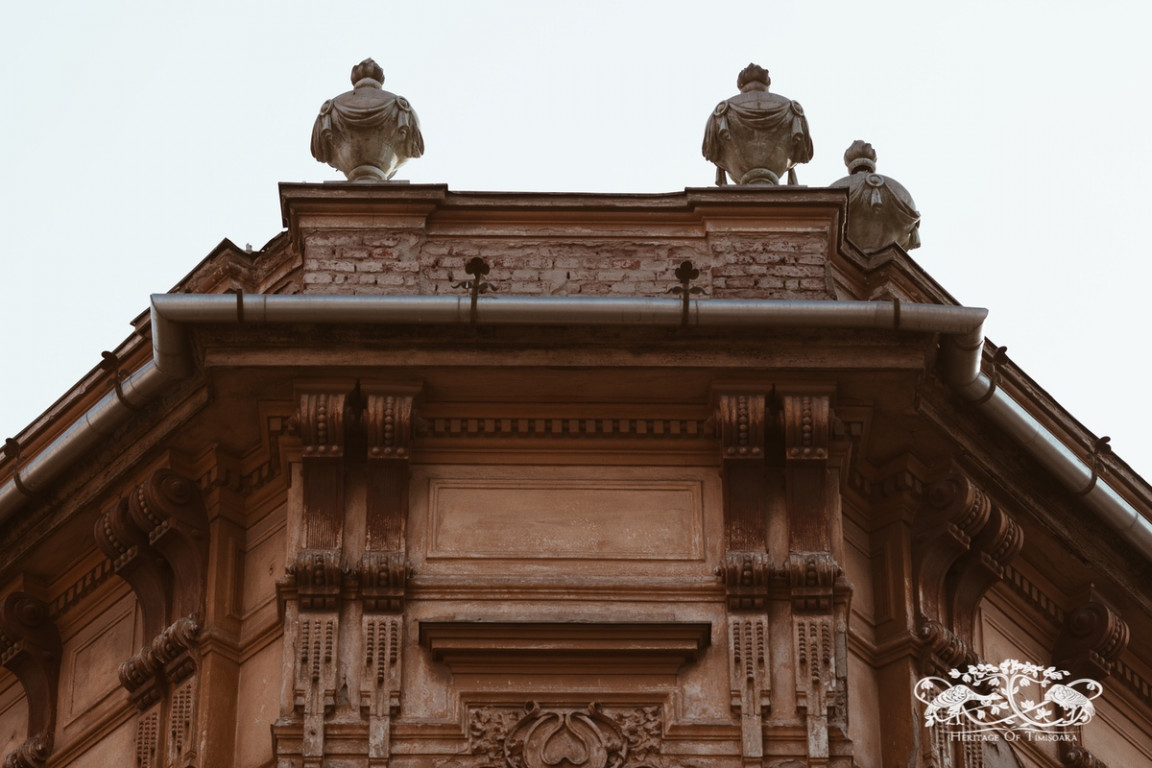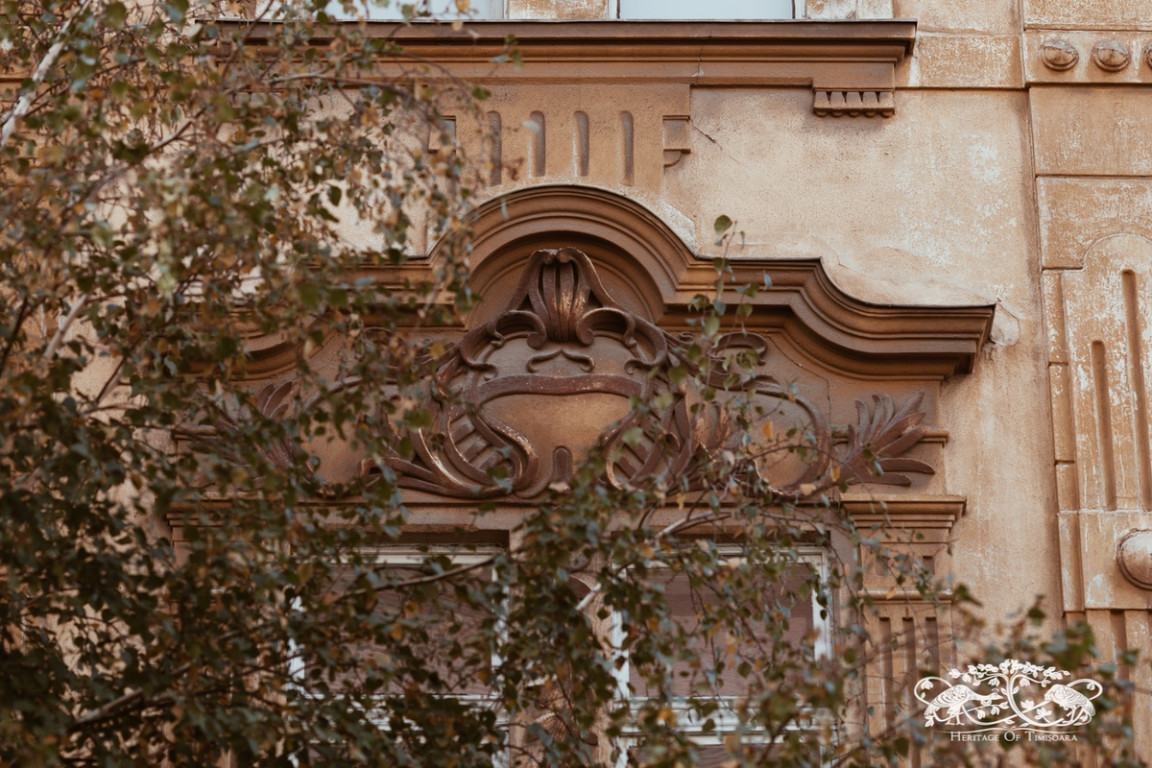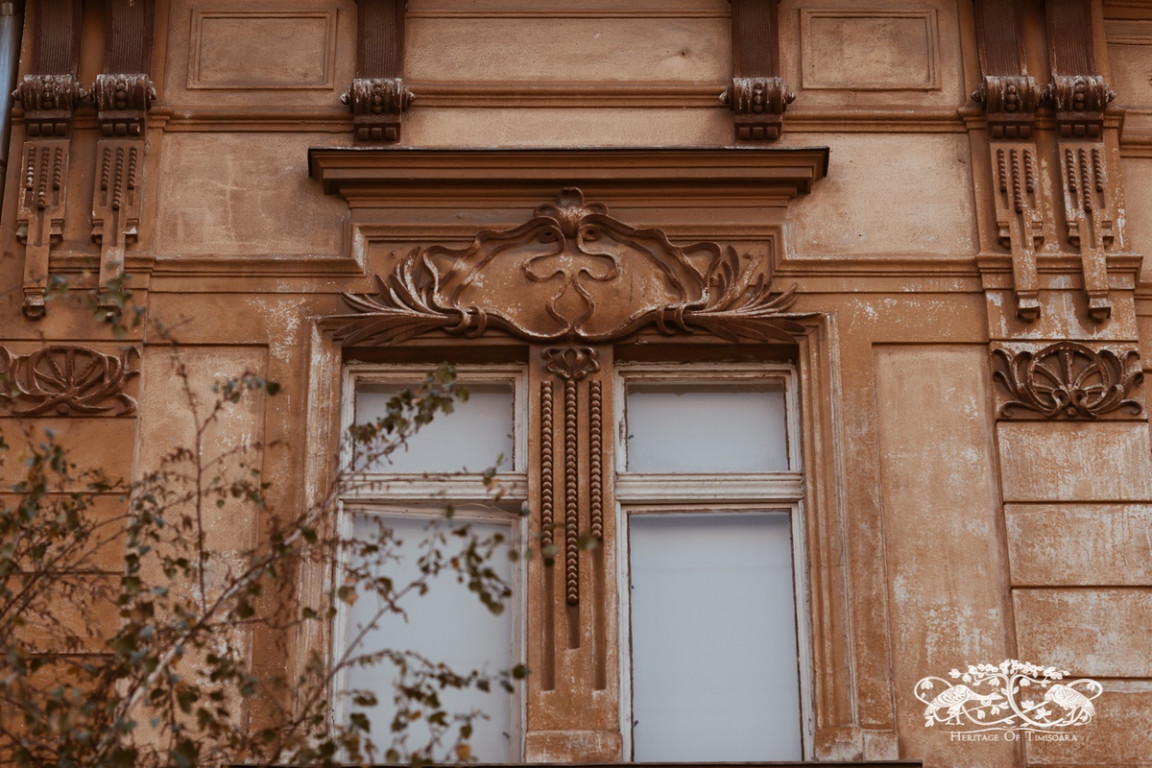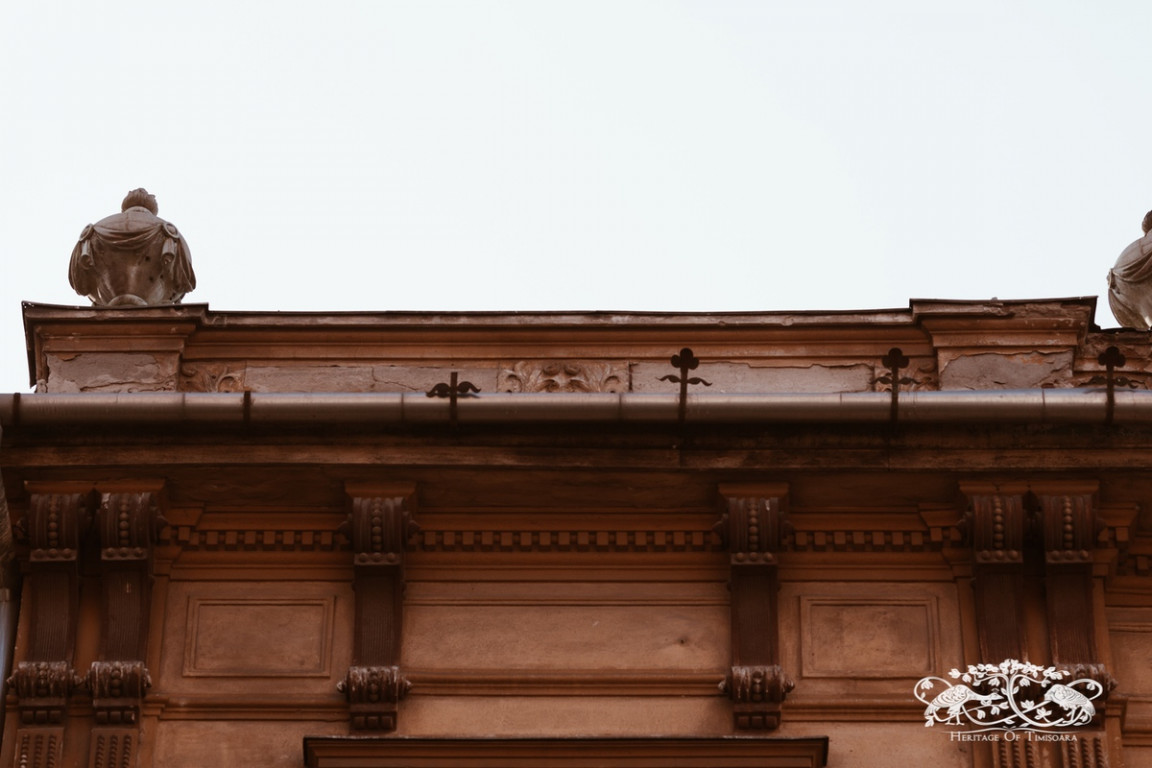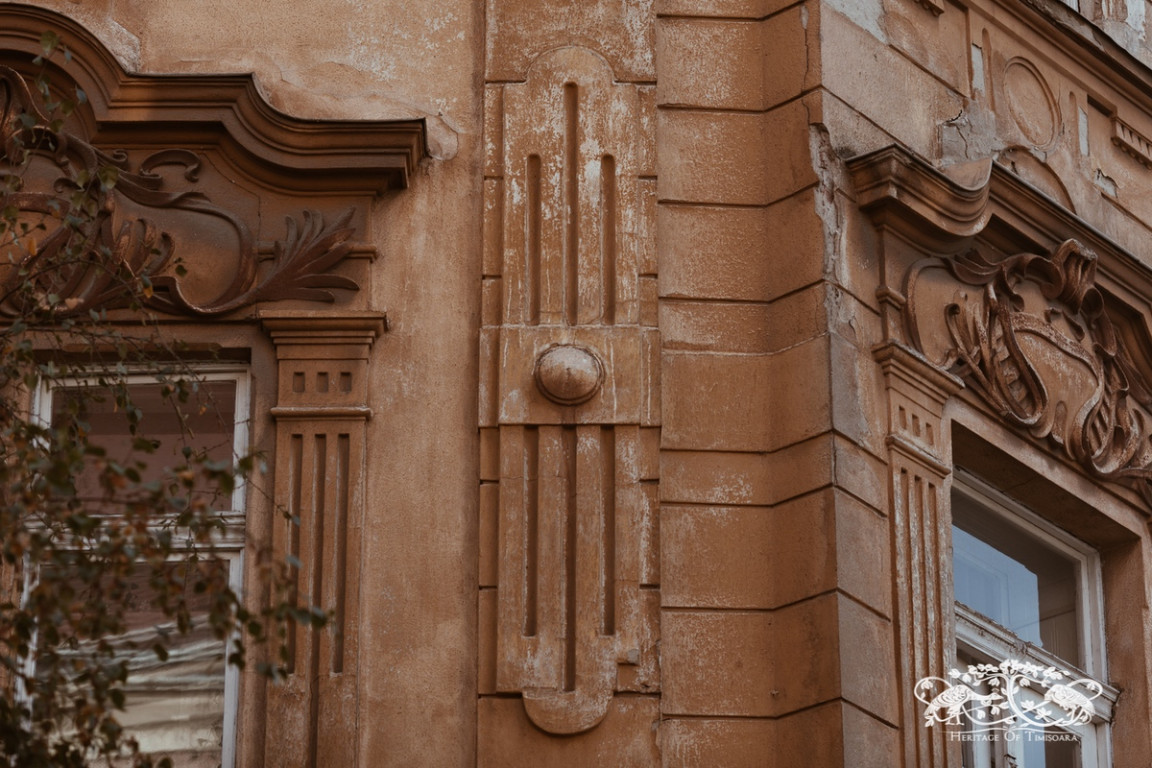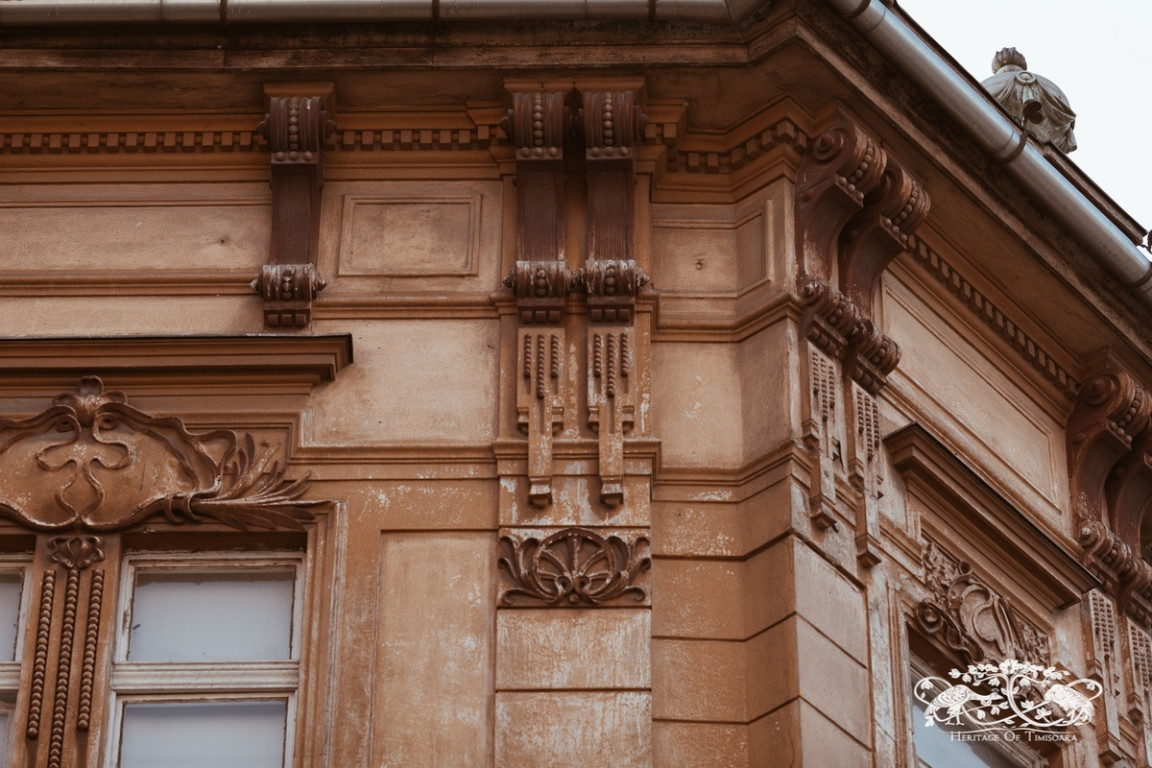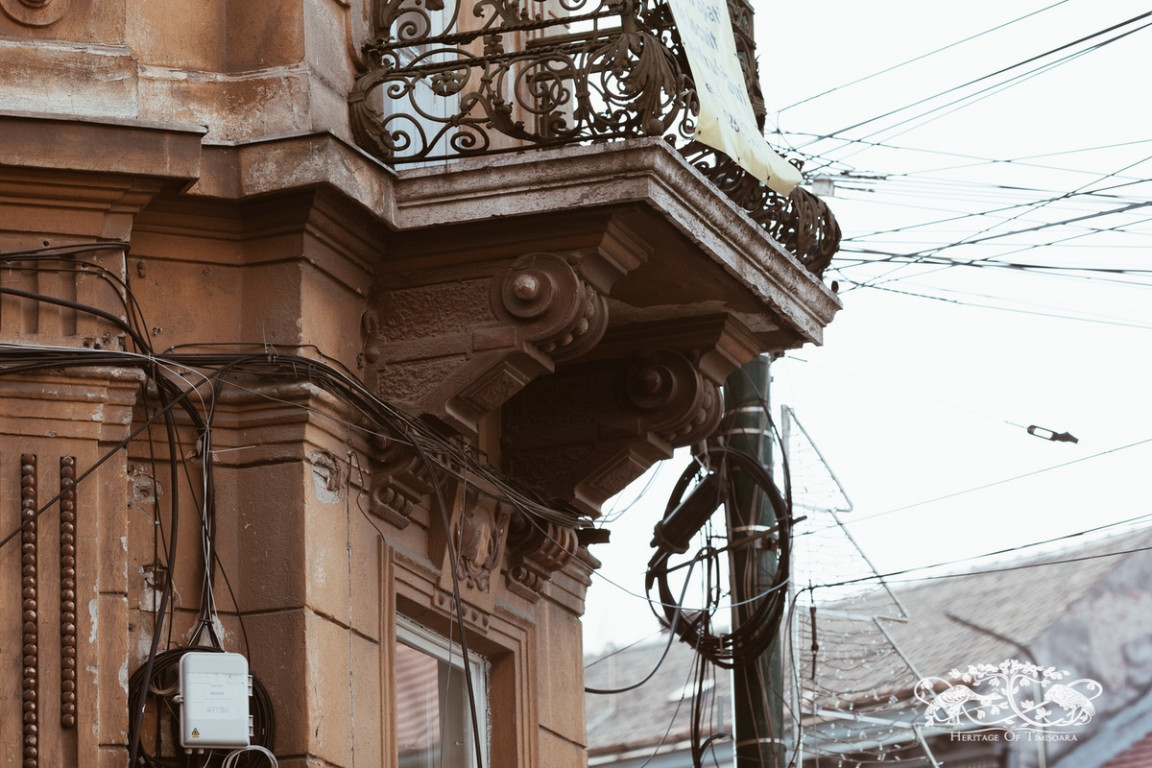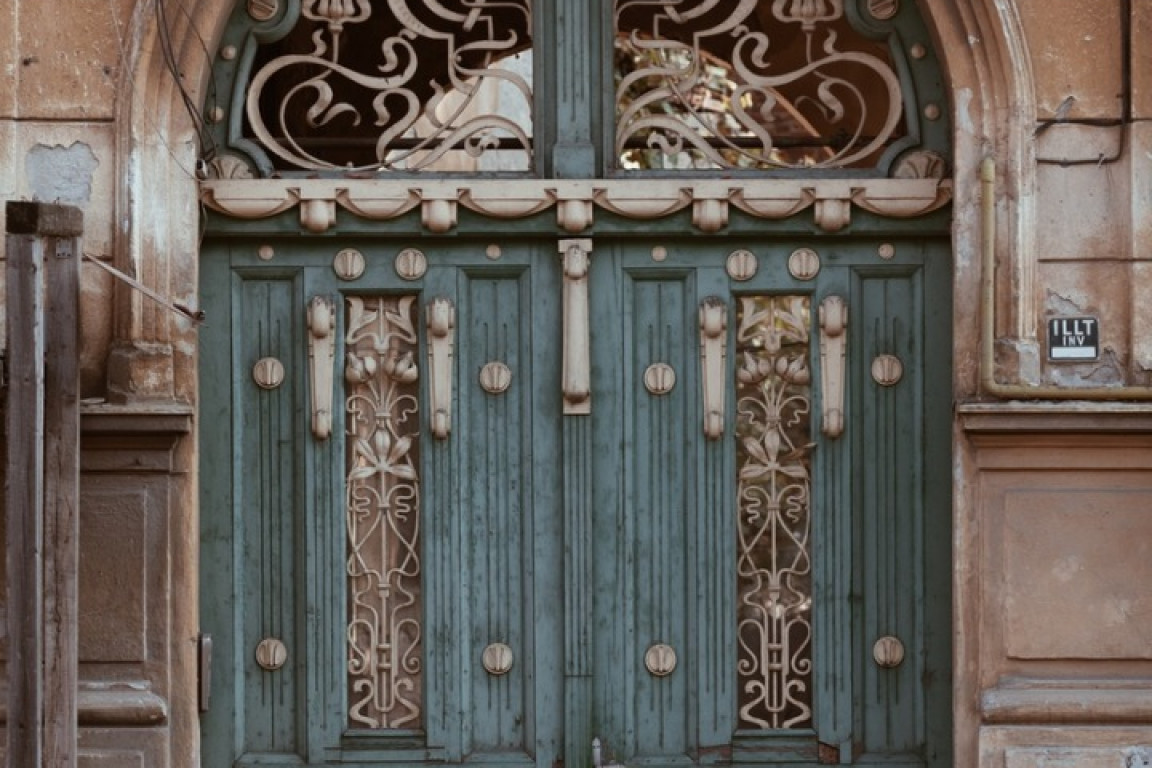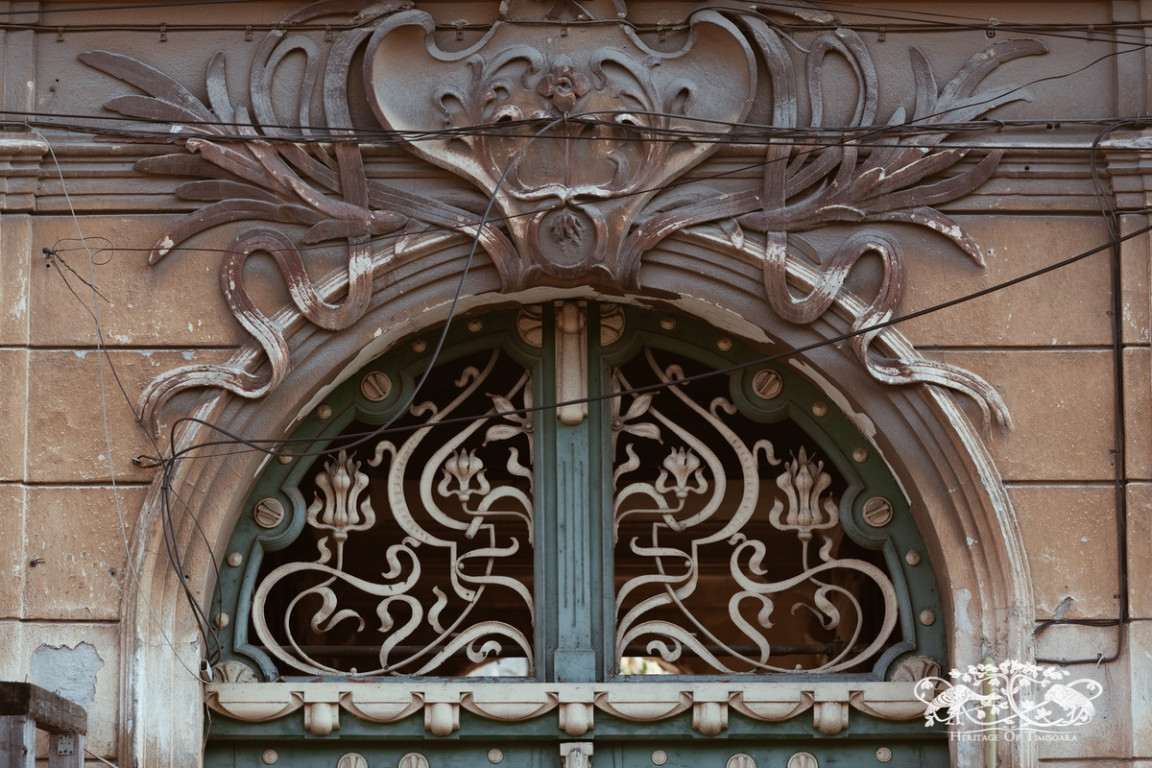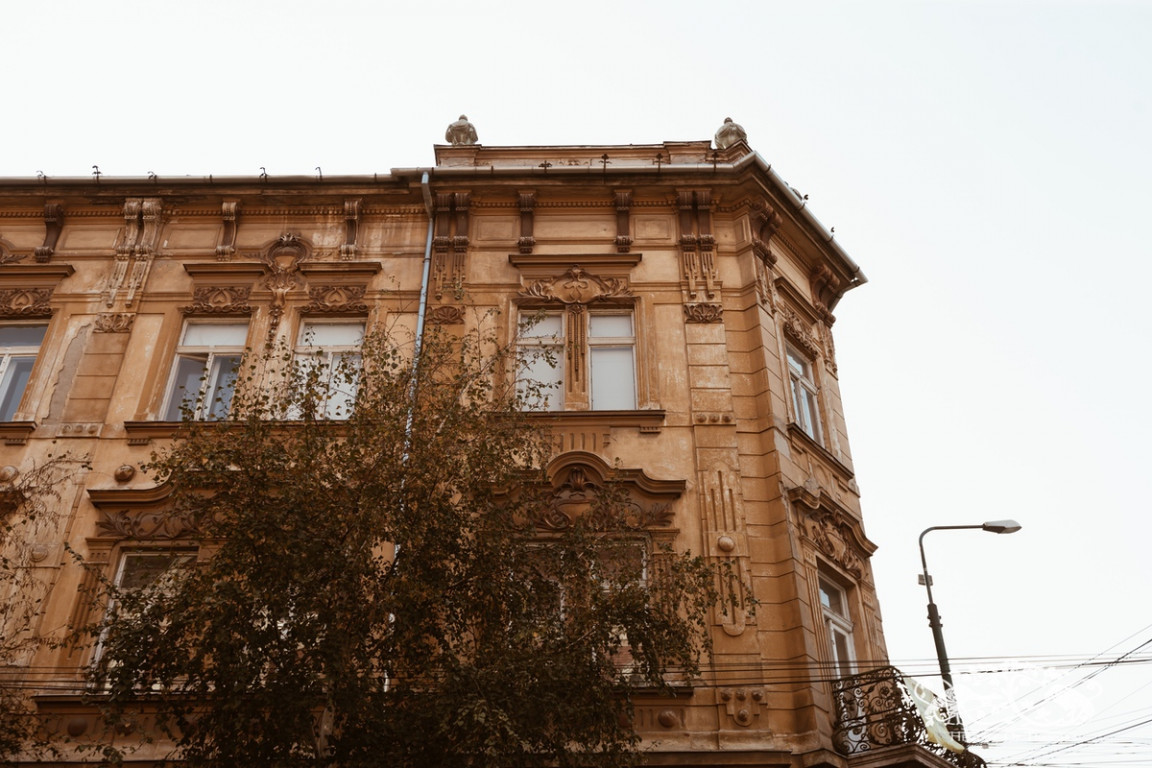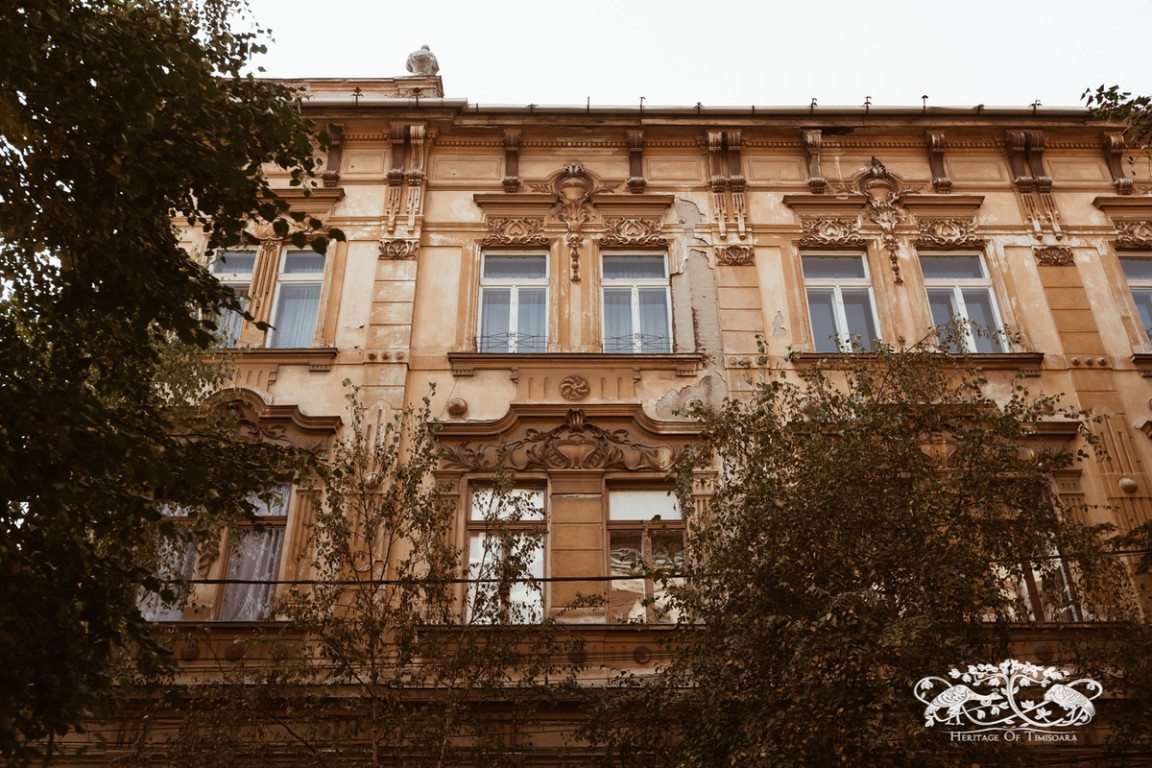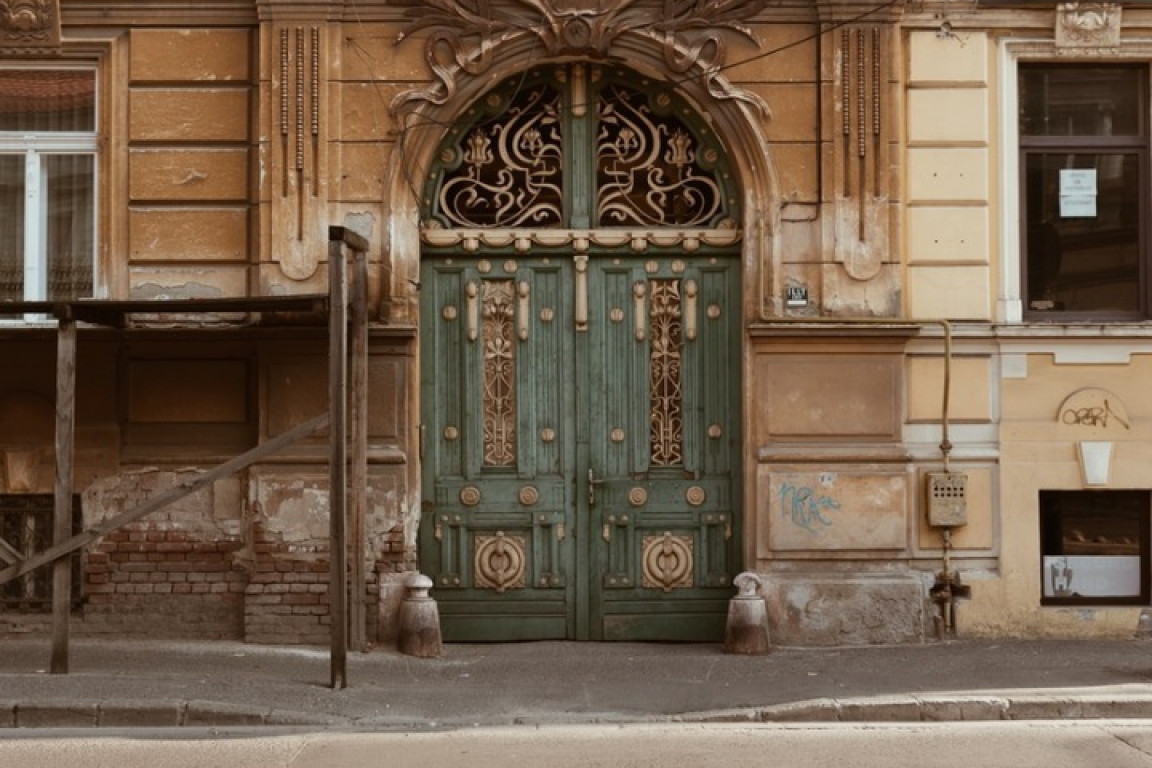In Timișoara, the first thing that comes to mind when hearing the word “Kunz” is Fabric neighbourhood. From Kunz’s brick factory, to the apartment buildings on “3 August 1919” Boulevard (references 1, 2 and 3), to “the Kunz row” and the funerary monument in the Roman-Catholic cemetery on Stan Vidrighin Way (formerly Buziașului Way), the history of the Kunz family is closely related to that of Fabric neighbourhood.
However, members of the Kunz family used to live in other neighbourhoods as well. This is the case of the three storey apartment building in Elisabetin, located at the junction of “16 December 1989” Boulevard with Timotei Cipariu Street, a building that, due to the plastic of the facades, the spatial morphology and the predominantly sober aspect, would fit right in with the edifices on “3 August 1919” Boulevard in Fabric. But on “16 December 1989” Boulevard, with all the Secession buildings in its vicinity (The Apartment Building and the Church of the Reformed Community next to it and The Southernland Casino Palace across the street), the Kunz building in Elisabetin looks a bit out of place.
The building was erected at the beginning of the 2th century (the construction permit issued on 6 August 1900 and the use permit - installations and interior decorations notwithstanding - on 28 July 1901) by Béla Kunz. The edifice is remarkable through its massive silhouette and the contrast between the monumental stature of the building and its delicate floral ornaments.
With a configuration of spaces typical of the 19th century and a decorative repertoire borrowed from the Neo-Baroque, this apartment building is representative for the architecture in Timișoara at the end of the 19th century and the beginning of the 20th century. The entrance, located on the boulevard, presents a wooden door embellished with the same floral motifs as the facade. Moreover, in the vegetal undulation of the wrought iron grille, we find the “coup de fouet”, a motif typical of the 1900s architecture and frequently seen on the facades from the years to follow. Our research so far has revealed that this seems to be the first 1900s influence on the architecture in Timișoara.
Other noteworthy elements in the makeup of the entrance are the guard stones and the keystone decorated with a vast and elaborate design. The corner of the building is blunt, leading to the creation of a corner facade that hosts the only balcony of the edifice, with a rich wrought iron parapet. At roof level, the same facade is decorated with a corner attic and ornamental cups. Another attic, with similar plastic qualities, can be found at the top of the section of facade where the entrance is located.
Béla Kunz Apartment Building is an enclave of Kunz family in Elisabetin. It also appears as a construction situated between two worlds: spatially between Fabric and Elisabetin, and time-wise between the 19th century with its mostly eclectic aesthetic and the 20th century with its subtle Art Nouveau motifs.
